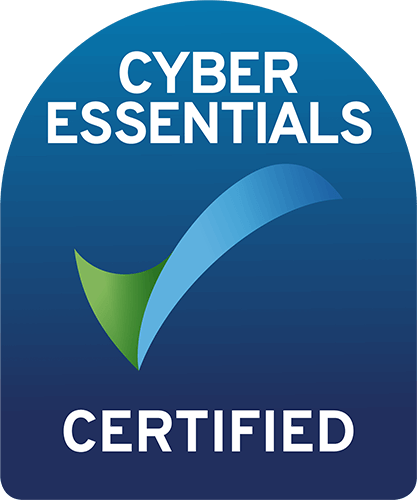Thinc insights
Head of SAP, James Peel explores how SME retail distribution and warehousing brands can unlock...
Retail distribution and warehousing businesses often plateau at the smaller SME size, without ever going on to achieve their full potential. But what is the difference between those who break through this ceiling, and those that are constrained by it?
The answer to that lies in a combination of mindset, knowledge, and successful partnerships. Here; we’ll look at each of these areas, and how to approach them in order to fulfil your business’s potential.
History is littered with examples of rapidly growing retail distribution and warehousing brands that are ready to take the next step to become a large enterprise. The major retailers are circling, and the first orders are placed. But rather than become the expected breakthrough, this opportunity sometimes breaks confidence.
Large retailers are the goal, but they can be incredibly unforgiving. It only takes a minor slip-up such as an incorrect first order for them to leave you behind. Put simply, SMEs who aren’t equipped to take advantage of the opportunity to scale rapidly with a retail partner might not get a second chance.
This experience can damage a leadership team’s confidence in dealing with larger retailers. But by making a few small adjustments, these same teams can adapt and go-again, grasping further opportunities with renewed resolve and confidence.
With all the inherent pressures of running and growing an SME, worrying about whether stock is arriving on time and in the correct quantities is a headache you just don’t need. Likewise, having your best and brightest people under-utilised due to creaking systems is not the way to push a business forward.
For many companies, the single largest leap they can take is investing in an Enterprise Resource Planning (ERP) system. If prescribed, installed and managed correctly, an ERP can answer these challenges and more.
An ERP is an integrated solution that uses software and, sometimes, hardware to bring together various business processes into one manageable platform. It offers a data-driven snapshot of all of your company’s business functions, pulling together elements including stock levels, cost management, and supply chain planning.
ERP’s become even more potent when paired with an effective Electronic Data Interchange (EDI).
Get in touch

Enter your details into the contact form below, and one of our experts will be in touch to arrange a time to speak.
If you’re an existing customer looking for support, please e-mail servicedesk@wearethinc.com, or visit our support page where you can download our remote support apps.